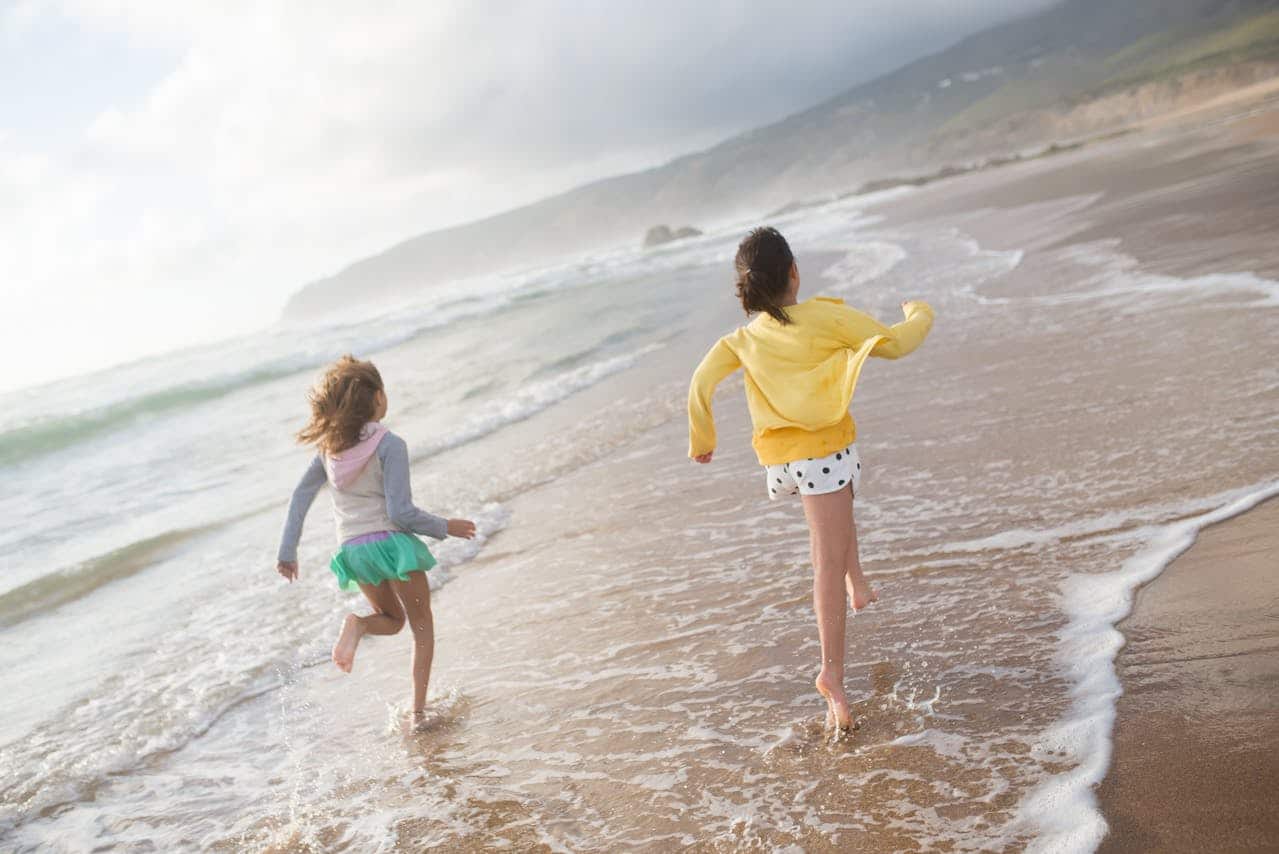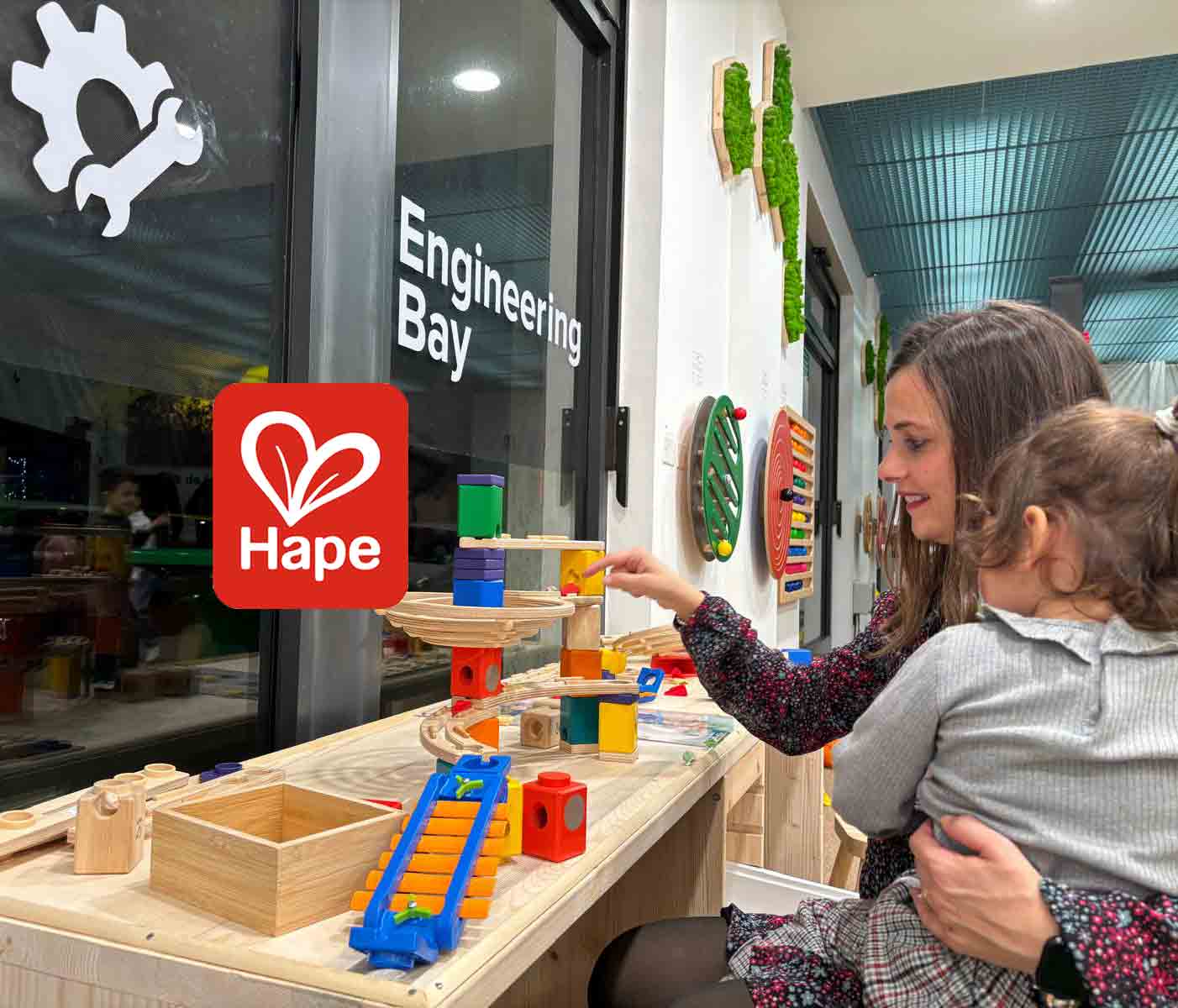At the southern tip of Italy’s Puglia region, Salento offers a unique family travel experience — where ancient history, living traditions, and clear blue coastlines come together in one of the country’s most underappreciated destinations. Framed by the Adriatic and Ionian seas, Salento is home to Greco-Roman ruins, medieval castles, baroque towns, and some of Italy’s most child-friendly beaches. Families will find much more than a holiday here — they’ll find connection through story, heritage, and play.
This five-day family vacation in Salento offers a balanced mix of cultural discovery, coastal relaxation, and hands-on learning for children and adults alike.
Day 1: Lecce – Baroque Splendor Meets Scientific Curiosity
Start your journey in Lecce, the cultural capital of Salento. Known as La Firenze del Sud (“The Florence of the South”), Lecce flourished under Spanish rule during the 17th and 18th centuries. The wealth of that era produced the distinctive Lecce Baroque style: florid architecture carved from the city’s soft, golden limestone.
Visit the Basilica di Santa Croce, completed in 1695 after over 150 years of construction. Its façade — covered in griffins, lions, cherubs, and exotic flora — reflects the Catholic Counter-Reformation’s goal of communicating religious awe through visual storytelling. Children will enjoy spotting the animals and faces hidden in the stonework.
Nearby, the Roman Amphitheatre in Piazza Sant’Oronzo reminds visitors of Lecce’s ancient roots as the Roman city of Lupiae. It once seated over 25,000 spectators for gladiator fights and naval reenactments, though only part is visible today.
In the afternoon, visit the Museo dei Bambini Lecce, an interactive science and discovery center for ages 0–10. Exhibits explore basic physics principles (like air pressure and magnetism), human biology, and real-world environments like markets and farms. The museum is inspired by the Reggio Emilia approach, promoting inquiry-based learning and child autonomy.
Dine locally on traditional orecchiette alle cime di rapa (pasta with turnip greens) or grilled seafood from the Adriatic. For dessert, try pasticciotto, a custard-filled pastry invented in nearby Galatina in the 18th century by chef Andrea Ascalone.
Stay in a masseria (a fortified farmhouse, often converted into boutique accommodation) just outside the city or in a family-friendly B&B near Piazza Duomo.
Day 2: Torre Lapillo & Porto Cesareo – Ionian Calm and Coastal Ecology
The next day, head west to the Ionian coast. The beach at Torre Lapillo, part of the protected Porto Cesareo Marine Reserve, is ideal for families: shallow water, soft sand, and lifeguard-patrolled lidos make it safe for even the youngest swimmers.
The region’s name — Torre Lapillo — comes from a 16th-century watchtower built during the Spanish Habsburg period as part of a defensive chain against Ottoman and Saracen pirates. Many of these towers still dot the Salento coastline, offering both scenic views and historical significance.
In Porto Cesareo, take a short glass-bottom boat tour to see local seagrass meadows and marine life. This area is one of the largest marine protected zones in Italy, home to endangered species like the hippocampus guttulatus (spotted seahorse).
For lunch, dine on frutti di mare spaghetti or cozze gratinate (baked mussels) in a family trattoria along the port.
Later, visit Isola dei Conigli (“Rabbit Island”), a small islet just offshore. Once used for military training, it’s now a protected wildlife zone accessible by kayak or small boat.
Return to Lecce or stay overnight in the area. Several resorts, like Le Dune Suite Hotel, cater to families with pools, beach access, and child-friendly menus.
Day 3: Otranto – Byzantine Mosaics and Coastal Fortresses
Travel east to Otranto, a fortified port town with a long and complex history. It was once a major Greek, Roman, and then Byzantine settlement before becoming a Norman stronghold in the 11th century.
The town’s most famous site is the Otranto Cathedral, consecrated in 1088. Its mosaic floor, created in 1163 by the monk Pantaleone, is one of the largest and most elaborate in Europe. It depicts a Tree of Life with scenes from the Old Testament, medieval bestiaries, and even King Arthur — offering a medieval worldview in images children can follow like a giant storybook.
Don’t miss the Chapel of the Martyrs, which holds the bones of the 813 Otrantini who were killed in 1480 by Ottoman invaders after refusing to convert to Islam. Their canonization in 2013 made this chapel an important site of religious memory.
Take a break at a harborfront gelateria, then head to Baia dei Turchi, where tradition holds that Turkish ships landed during the same 1480 siege. Today, the bay is part of the Alimini Natural Reserve, with pine forests and white sand dunes leading to the Adriatic.
Alternatively, visit Torre dell’Orso, known for the twin sea stacks Le Due Sorelle (“The Two Sisters”) and its wide beach, perfect for families who prefer modern lidos and facilities.
Dinner in Otranto might include pesce al cartoccio (baked fish in parchment) or a pizza overlooking the sea. Return to Lecce or stay in a historic hotel like Palazzo Papaleo, just steps from the cathedral.
Day 4: Gallipoli – Greek Roots, Markets, and Waterparks
On day four, cross to the Ionian coast again to explore Gallipoli, whose name comes from the Greek Kallípolis, meaning “beautiful city.” Settled by the Messapii, then conquered by Greeks and Romans, the town was a major port during the Middle Ages, exporting olive oil used to light the streets of Paris and London.
The Old Town, perched on a limestone island connected by a 17th-century bridge, is a compact maze of churches, palazzi, and local markets. Visit the Castello Angioino, which once defended the harbor against Turkish attacks, and stroll the Antica Pescheria, where children can see the daily catch — octopus, swordfish, and even sea urchins still dripping from their nets.
In the afternoon, reward young travelers with a trip to Splash Waterpark, located just north of town. Opened in 1989, it was one of southern Italy’s first major waterparks and remains a summer favorite with slides, pools, and shaded rest areas.
Stay in a masseria nearby or opt for a city hotel like Palazzo del Corso, with rooftop views over the bay.
Day 5: Santa Maria di Leuca – At the End of Puglia
On your final day, drive south to Santa Maria di Leuca, the meeting point of the Adriatic and Ionian seas and historically known as Finibus Terrae — “the end of the land.” The Romans believed this was the last point of the known world.
Visit the Sanctuary of Santa Maria de Finibus Terrae, which stands on the site of a pagan temple. The current church dates to the 18th century and has long been a pilgrimage stop on the Via Francigena, the ancient route connecting Canterbury to Rome and then to the ports of southern Italy.
Climb the lighthouse’s steps for sweeping views over the cliffs and sea. Children will enjoy running along the man-made waterfall and monumental staircase, built during Mussolini’s regime to connect the church with the port below.
En route back to Lecce or Brindisi, stop in smaller towns like Specchia or Presicce-Acquarica, both listed among I Borghi più belli d’Italia (“Italy’s most beautiful villages”) for their well-preserved medieval architecture.
If traveling in July or August, check village calendars for feste patronali — religious festivals with fireworks, brass bands, and traditional luminarie (massive light installations). These hyper-local celebrations offer a window into Salento’s living traditions.
Have blast on your Salento Family Vacation
Salento offers more than sea and sun. It’s a region where families can trace millennia of history through mosaics and castles, where children become explorers and parents rediscover wonder. The blend of ancient architecture, enduring traditions, and everyday ease makes it an unforgettable setting for shared stories — the kind that stick long after the suitcase is unpacked.
Whether you’re watching a child’s face light up beneath the dome of a Romanesque church or laughing over gelato in a lantern-lit piazza, Salento leaves a mark — as all the best places do.



